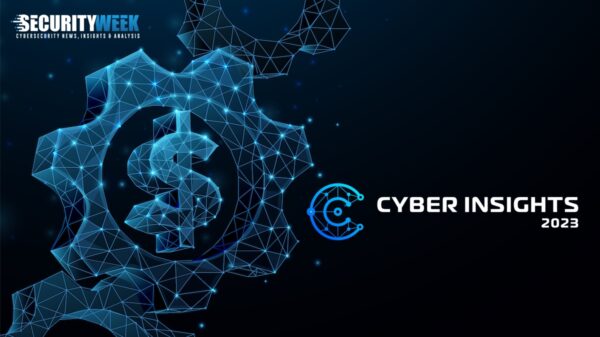Fortinet on Monday announced that it has completed the acquisition of San Francisco-based endpoint security company enSilo in an effort to enhance and strengthen its solutions.
Through the acquisition, Fortinet adds enSilo’s detection and response technology to its Security Fabric framework, which enables organizations to manage different segments of network security from a single location.
The acquisition of enSilo provides Fortinet a wide range of capabilities, including for automated protection against threats, human-powered incident response, code-tracing technology for thwarting attacks and preventing data exfiltration and ransomware, access control and endpoint security functionality for IoT devices, and highly scalable on-premises and cloud deployments.
enSilo technology has already been used in Fortinet’s FortiGate, FortiSandbox and FortiClient products, and the endpoint security firm has been a member of the Fabric program. Following the acquisition, enSilo technology will also be integrated with FortiSIEM, FortiInsight UEBA and FortiNAC solutions.
“As businesses become more networked and operations extend from the cloud to the edge and Internet-of-Things, the digital attack surface has expanded exponentially and has become more complex to secure. Manual threat hunting or point security solutions are ineffective when managing or securing these new environments. Instead security and the network need to be integrated and orchestrated to enable advanced threat containment at network speeds,” said Ken Xie, CEO and founder of Fortinet. “In acquiring enSilo, we add automated, real-time detection, protection, and response enhancements to our Fortinet Security Fabric to further protect endpoints and corresponding edge data.”
Financial terms of the deal have not been disclosed.
Related: Fortinet Acquires Security Monitoring Firm AccelOps
Related: Fortinet Acquires Bradford Networks to Extend Security to the Edge
Related: Fortinet Tackles Insider Threats with ZoneFox Acquisition














